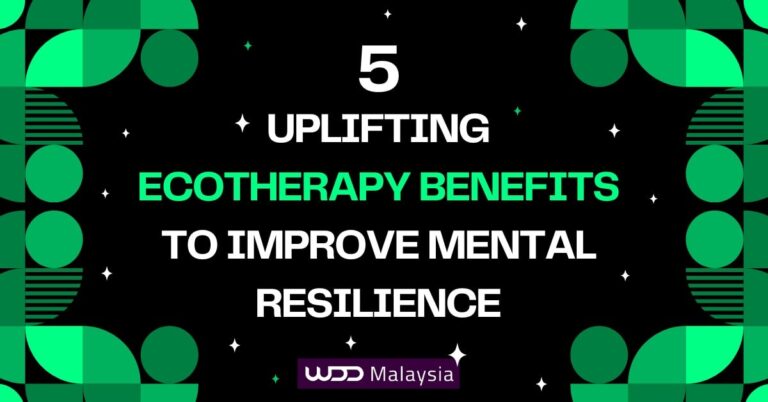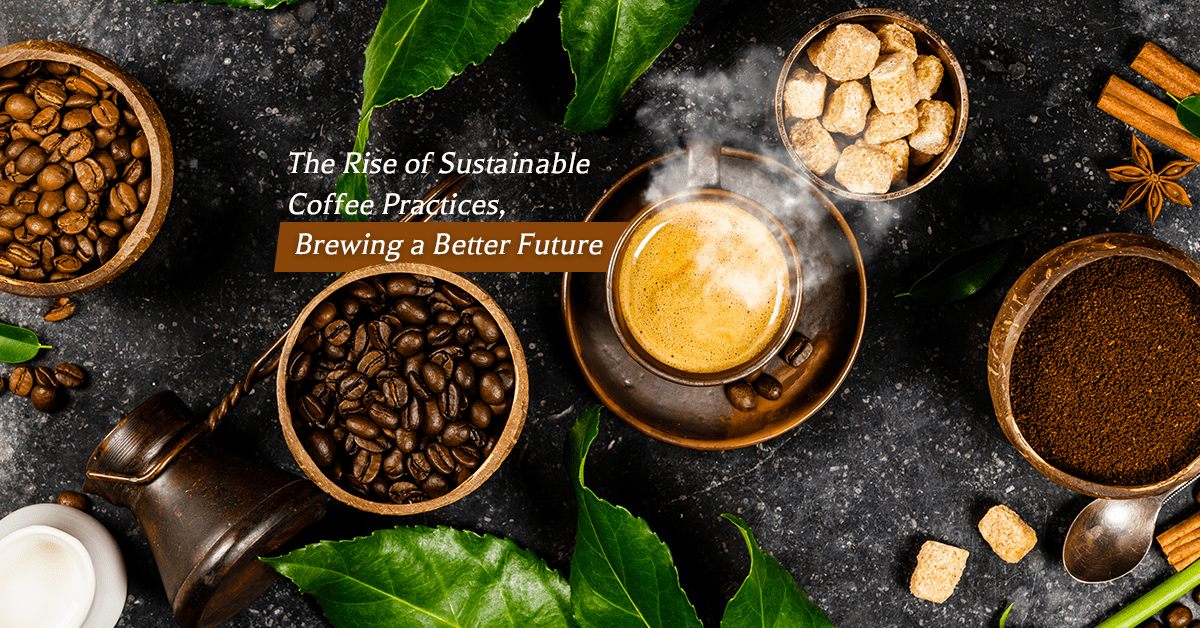
In the world of coffee production and consumption, sustainability has become a critical focus. As one of the most beloved beverages globally, the way coffee is grown, processed, and brought to market has profound implications for the environment, economies, and societies across the coffee belt. The journey towards sustainable coffee involves a complex interplay of agricultural practices, economic policies, and consumer behaviour, all aimed at creating a system that can sustain the demands of the present without compromising the ability of future generations to meet their own needs.
From the lush highlands of Ethiopia to the vast plantations of Brazil, innovative practices are being implemented to ensure that coffee contributes to a healthier planet and a more equitable industry. These practices, ranging from shade-grown coffee to direct trade, embody the multifaceted approach needed to address the environmental and social challenges facing the coffee industry. As we delve into these sustainable practices, it’s essential to understand not only their benefits but also the challenges they present, offering a comprehensive view of what it takes to make the coffee industry truly sustainable.
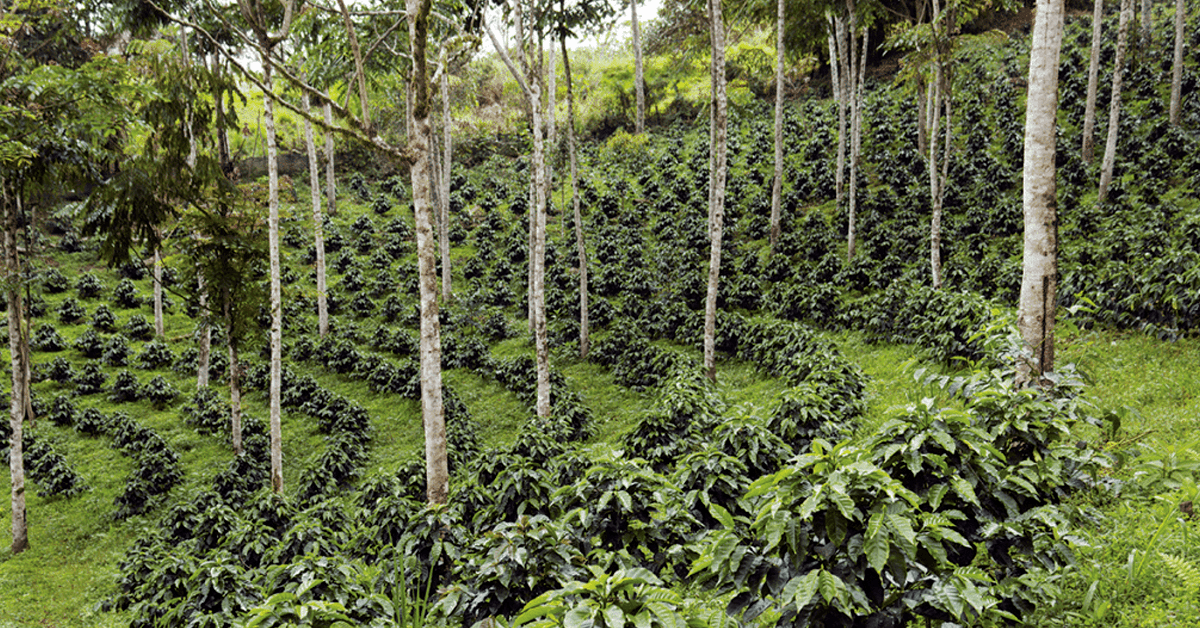
1. Shade-Grown Coffee
Countries like Colombia, Ethiopia, and Indonesia are renowned for their shade-grown coffee production, where coffee is cultivated under the canopy of diverse trees. This method significantly benefits the environment by reducing habitat destruction and allowing wildlife to thrive, enhancing carbon sequestration. For businesses, it can lead to premium quality coffee that attracts higher market prices. However, shade-grown coffee may yield lower per-acre output compared to sun-grown methods, potentially reducing a farmer’s total production. Additionally, this method requires more labour for maintenance, which can increase costs for producers.
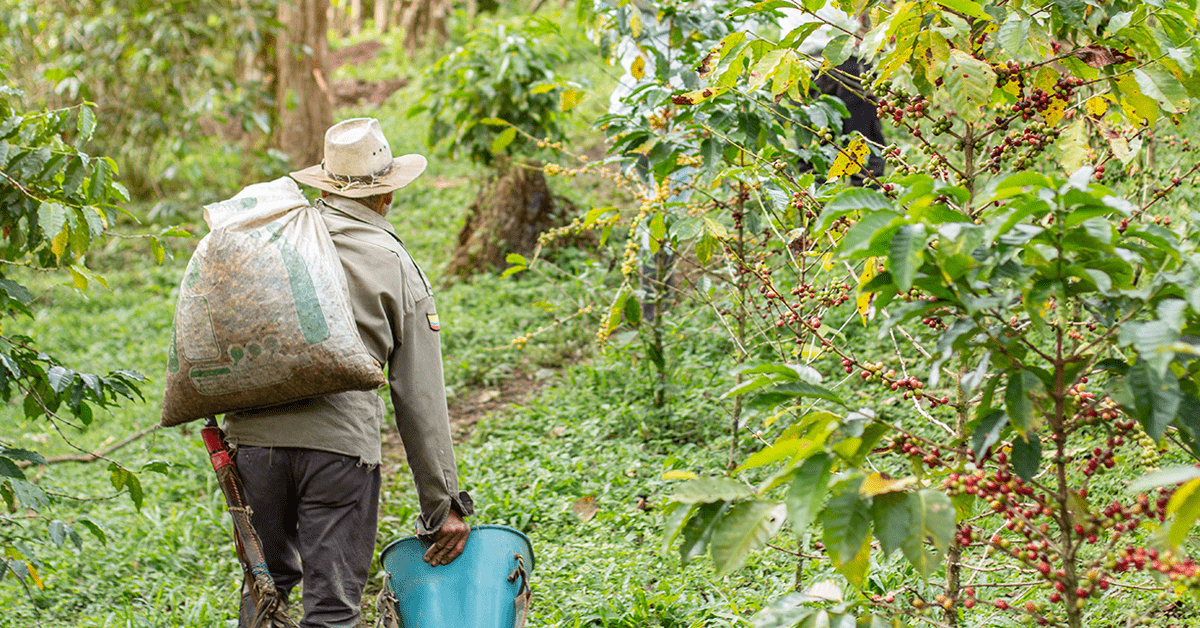
2. Organic Farming
Nations such as Peru, Mexico, and Ethiopia have embraced organic coffee farming, producing coffee without harmful chemicals in their rich, biodiverse landscapes. This approach reduces pollution and soil degradation, enhancing ecosystem health, and often commands higher prices in the market, appealing to health-conscious consumers. The transition to organic farming, however, can be costly and time-consuming, with a temporary decrease in yield as the soil adjusts. The certification process can also be expensive and bureaucratic.
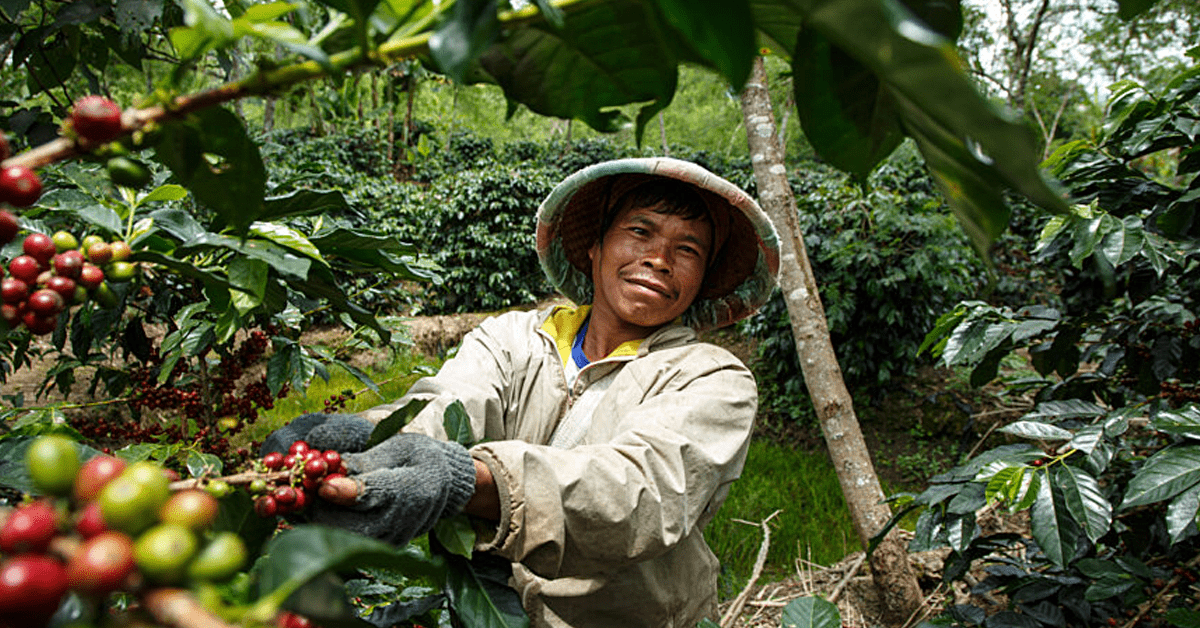
3. Fair Trade Certification
Fair Trade coffee, sourced from countries including Brazil, Colombia, and Kenya, ensures farmers receive a minimum price for their coffee, along with an additional premium for community projects. This encourages sustainable farming practices and opens up access to markets and consumers willing to pay more for ethically sourced coffee. Critics argue that the certification process can be costly and complex, potentially excluding the smallest producers, and the premium paid may not always cover the costs of sustainable production or significantly improve farmers’ livelihoods.
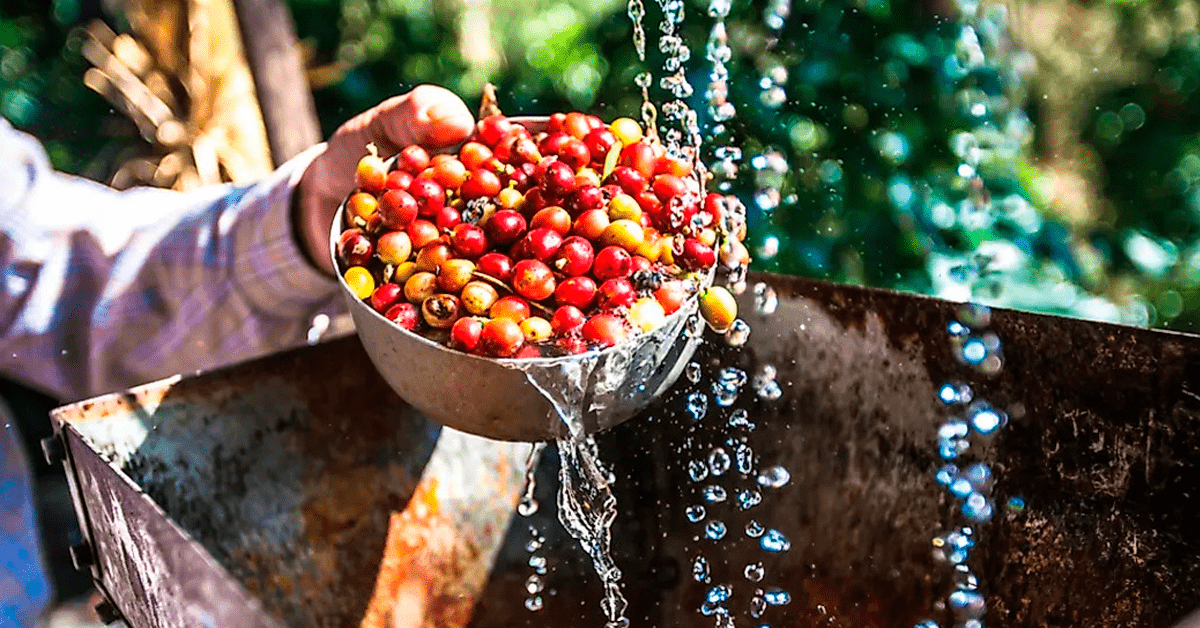
4. Water Conservation
Countries like Costa Rica and Brazil have advanced in water conservation techniques in coffee processing. These practices greatly reduce water usage and pollution, preserving vital water resources. Investing in water-efficient technologies can lead to cost savings over time and improve sustainability credentials for businesses. However, the initial investment can be high, posing a barrier for smaller producers, and some water-efficient methods may not be suitable for all coffee types, potentially affecting flavour profiles.
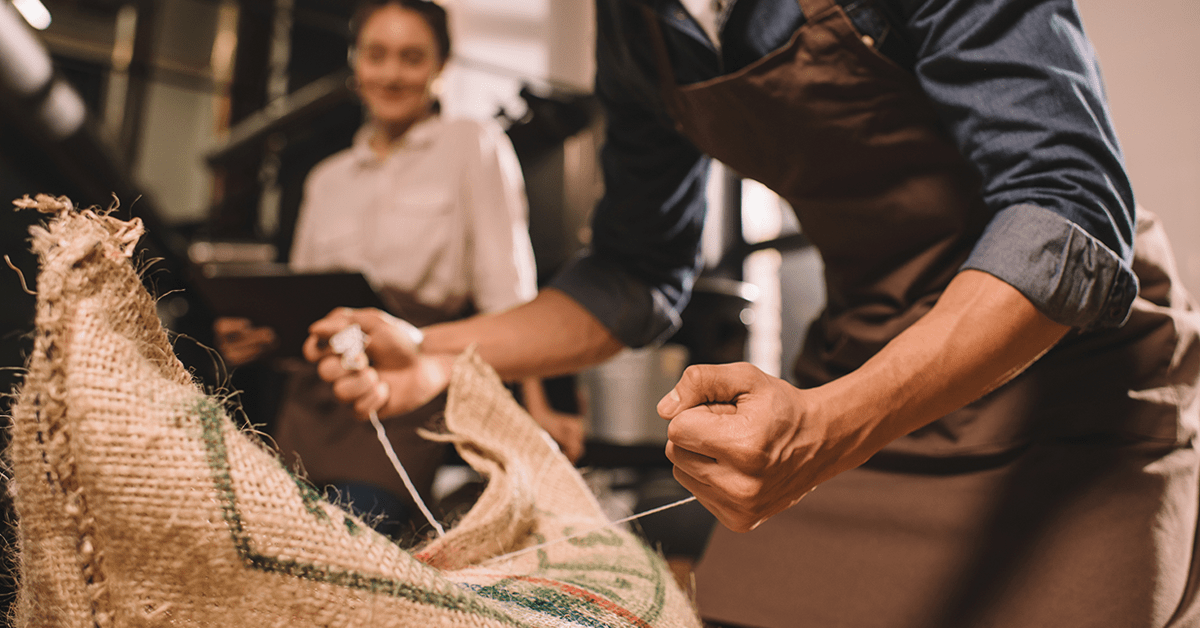
5. Direct Trade
Specialty coffee roasters and producers worldwide, particularly in Ethiopia, Guatemala, and Colombia, engage in direct trade. This reduces the environmental impact by shortening the supply chain and encourages collaboration on sustainable practices. For businesses, it offers a unique selling point and can lead to higher quality coffee. Direct trade requires a significant time investment to build and maintain relationships and may not be scalable for larger businesses, placing the onus on roasters to ensure fair practices without third-party oversight.

6. Reducing Carbon Footprint
In countries like Denmark and Switzerland, coffee roasters are leading the way in reducing carbon footprints by utilising renewable energy and sustainable transportation. These practices lower greenhouse gas emissions, contributing to climate change mitigation, and enhance brand reputation, appealing to eco-conscious consumers. The transition to greener operations can be costly and complex, particularly for small to medium enterprises, and the availability of renewable energy sources and sustainable materials can vary by region.
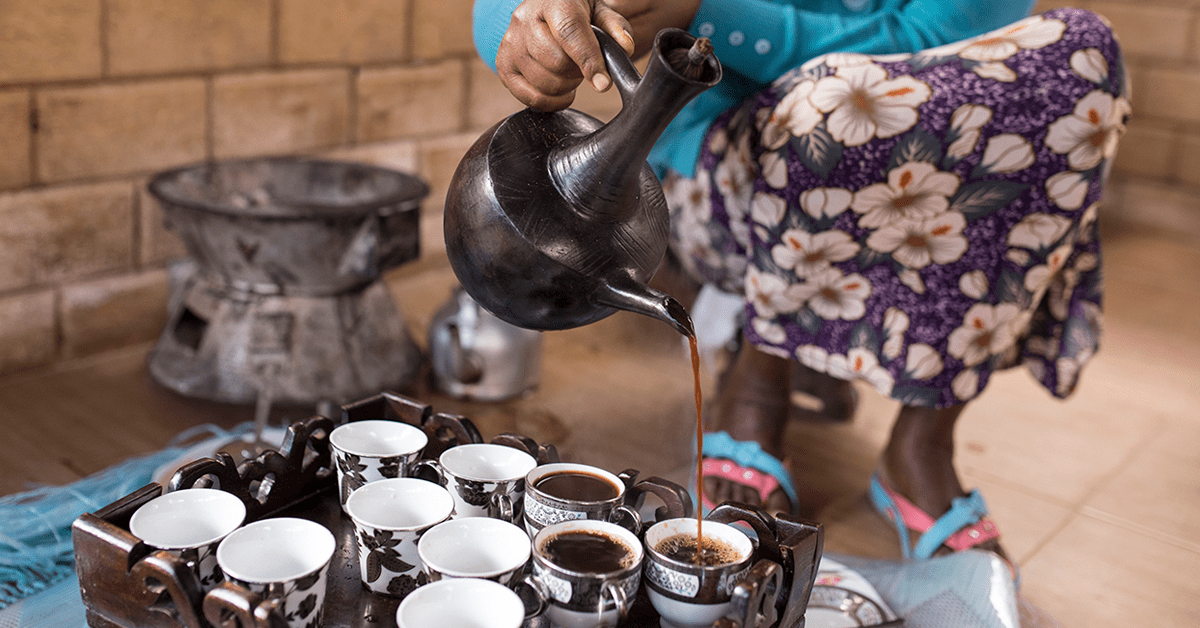
7. Supporting Small-Scale Farmers and Cooperatives
In Rwanda and Honduras, small-scale farmers and cooperatives are crucial to the coffee industry. Supporting these producers promotes social equity and environmental stewardship, as they often employ traditional, sustainable farming methods. This provides access to unique, high-quality coffees and strengthens the supply chain’s resilience. However, small-scale operations may face challenges in consistently meeting demand and achieving economies of scale, potentially leading to higher prices for consumers.
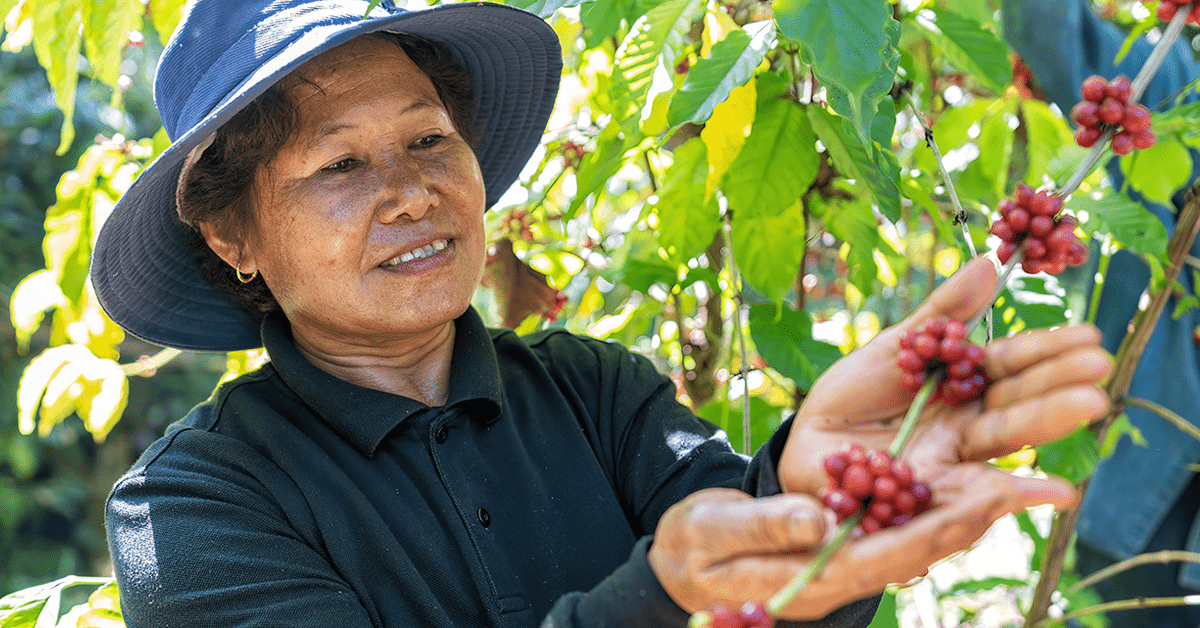
8. Educating Consumers
Global efforts to educate consumers about sustainable coffee, particularly in the United States, Canada, and across Europe, drive demand for sustainable coffee, encouraging more farmers and businesses to adopt eco-friendly practices. This can lead to a cycle of improvement in environmental and social standards in the coffee industry. However, the effectiveness of education campaigns can vary, and there’s a risk of overwhelming consumers with information or causing confusion with competing certifications and labels. Additionally, the willingness to pay a premium for sustainable coffee may not be universal, potentially limiting the impact of consumer education efforts.
Final Thoughts
The journey towards sustainable coffee is both necessary and complex, requiring the commitment of all stakeholders in the coffee supply chain. The practices outlined, from shade-grown coffee to educating consumers, represent the pillars upon which a more sustainable coffee industry can be built. However, these practices also highlight the challenges of implementing sustainable methods on a global scale, including economic barriers, the need for widespread consumer education, and the complexities of global supply chains. Despite these challenges, the movement towards sustainable coffee offers hope for a future where coffee production supports environmental health, economic fairness, and social equity.
As consumers, we play a crucial role in this transition, with our purchasing decisions having the power to drive change. By choosing sustainably produced coffee, we can contribute to a demand that encourages more farmers to adopt eco-friendly practices, supports fair trade, and ultimately leads to a more sustainable future for coffee. The path forward is not without its hurdles, but with continued innovation, collaboration, and education, the vision of sustainable coffee can become a reality, ensuring that our beloved brew can be enjoyed for generations to come.


